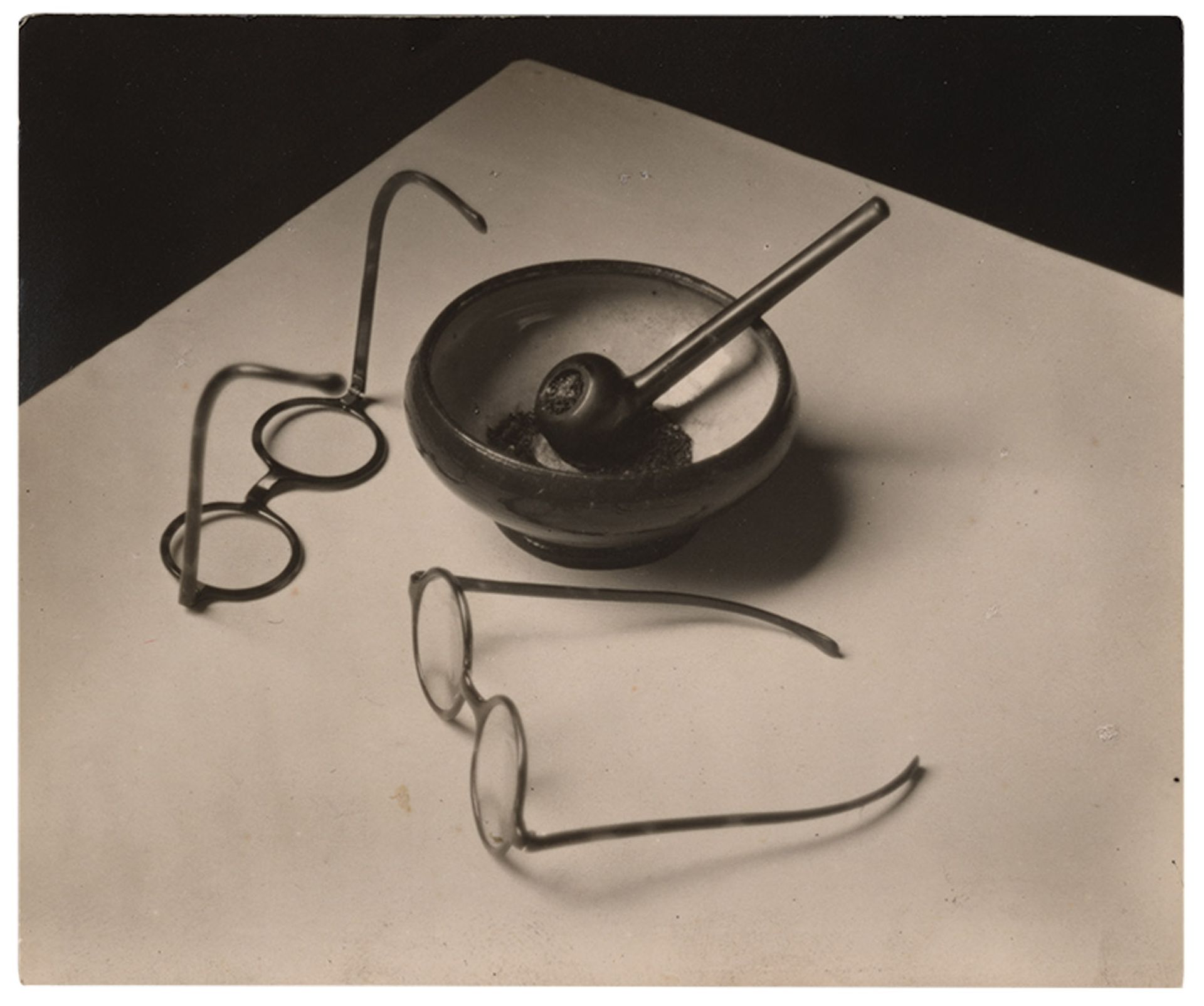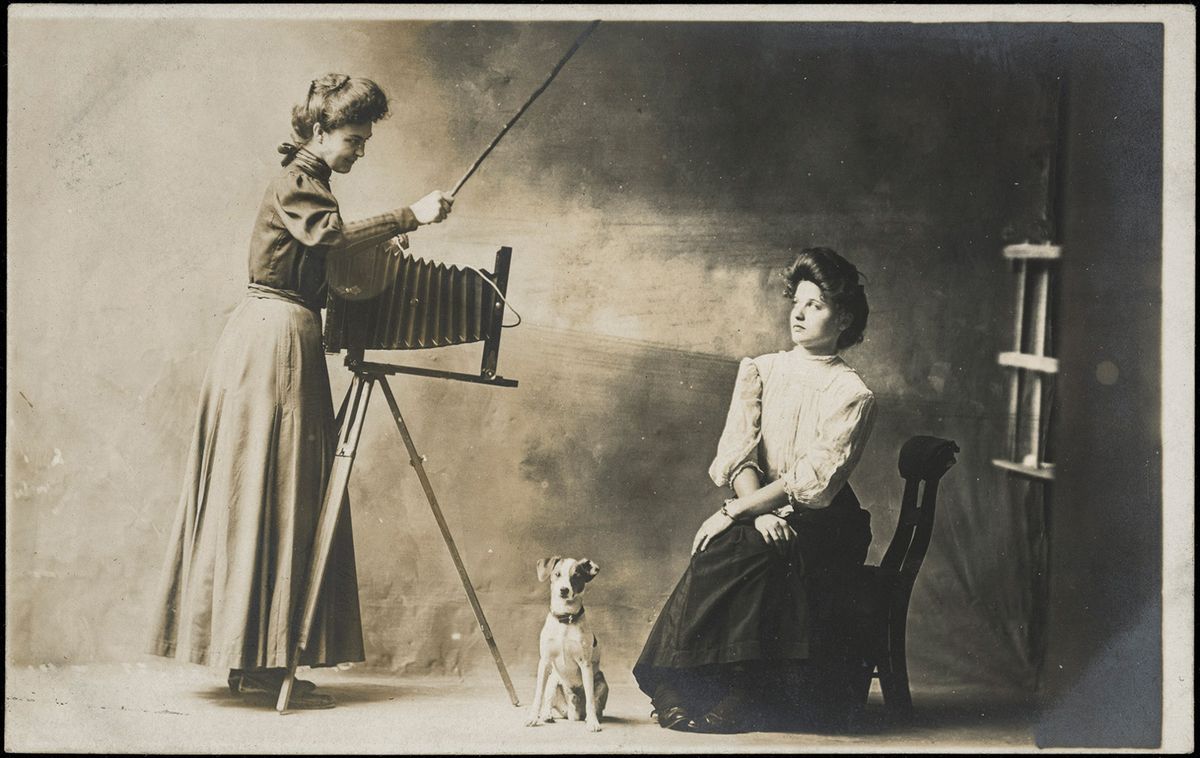The humble postcard was adored long before anyone imagined they would be able to make their own. So when Eastman Kodak released its model 3A camera with postcard-sized negatives in 1903, amateurs and professionals alike embraced the new technology, printing snapshots of their families and neighbourhoods onto sensitised paper with stamp-boxed backing. By the early 20th century, billions of postcards were being sent in the US each year—Eastman Kodak made it easier for a chunk of these to be homemade.
Two exhibitions, opening this month and next, will reveal the spectrum of photographic prints on postcard paper created by both citizen photojournalists and fine artists. André Kertész: Postcards from Paris opens this month at the High Museum of Art in Atlanta following its run at the Art Institute of Chicago. As the first show to focus exclusively on his carte postale prints, it will unite 100 rare photographs by Kertész sourced from European and North American collections. In March, the Museum of Fine Arts (MFA), Boston, will open Real Photo Postcards: Pictures from a Changing Nation, showcasing 300 postcards from the Leonard A. Lauder archive held at the museum (it is the third exhibition drawn from Lauder’s extensive collection).

On show at the High Museum of Art: Mondrian’s Pipe and Glasses (1926) by André Kertész Estate of André Kertész 2021
The Hungarian-born Kertész printed on postcard stock during his first years living in Paris (1925-28), a time when he was adopting different approaches to photography, trading prints with new artist friends, and experimenting with different styles (such as creating a portrait of someone without showing the actual sitter). Previous Kertész exhibitions have lumped his whole Paris decade together, but “this misses the nuances of that exciting [early] period for him”, says Liz Siegel, the photography and media curator at the Art Institute of Chicago, who organised the show. “This exhibition and catalogue propose this period as a distinct, and distinctly innovative, one.”
During those three years, Kertész composed his photographs more deliberately and tended to collaborate closely with his sitters, who were often friends. The prints are rare, like the real photo postcards in Lauder’s collection. “Each print exists either as a unique print or in a small handful that would circulate strictly among friends and family,” Siegel says. “Or stay with him; he kept everything.”
Artists of all sorts saw postcards as fertile soil for experimentationBenjamin Weiss, curator
Like Kertész, several fine art photographers used postcard paper too, including the likes of Walker Evans, Man Ray and Germaine Krull. “[They] used postcard stock and the postcard format for all of the reasons that everyone else made photo postcards,” says the MFA Boston curator Benjamin Weiss—namely for greeting cards and portable reproductions. He adds: “from the beginning, artists of all sorts were intrigued by postcards and saw them as fertile soil for experimentation.” But amateurs and aspiring professionals also showed remarkable ingenuity in their compositions of the quotidian, as seen in the works brought together in Real Photo Postcards, whether it be dramatic street scenes, or light-hearted images of photographers at work.
Postcard collections usually focus on the mass-printed, making the Lauder archive among the largest institutional holdings of real photo cards. The images are unique, “[revealing] quieter daily moments that, without these cards, would have been lost to history”, Lauder writes in the catalogue.
• André Kertész: Postcards from Paris, High Museum of Art, Atlanta, 18 February-29 May
• Real Photo Postcards: Pictures from a Changing Nation, Museum of Fine Arts, Boston, 12 March-25 July


